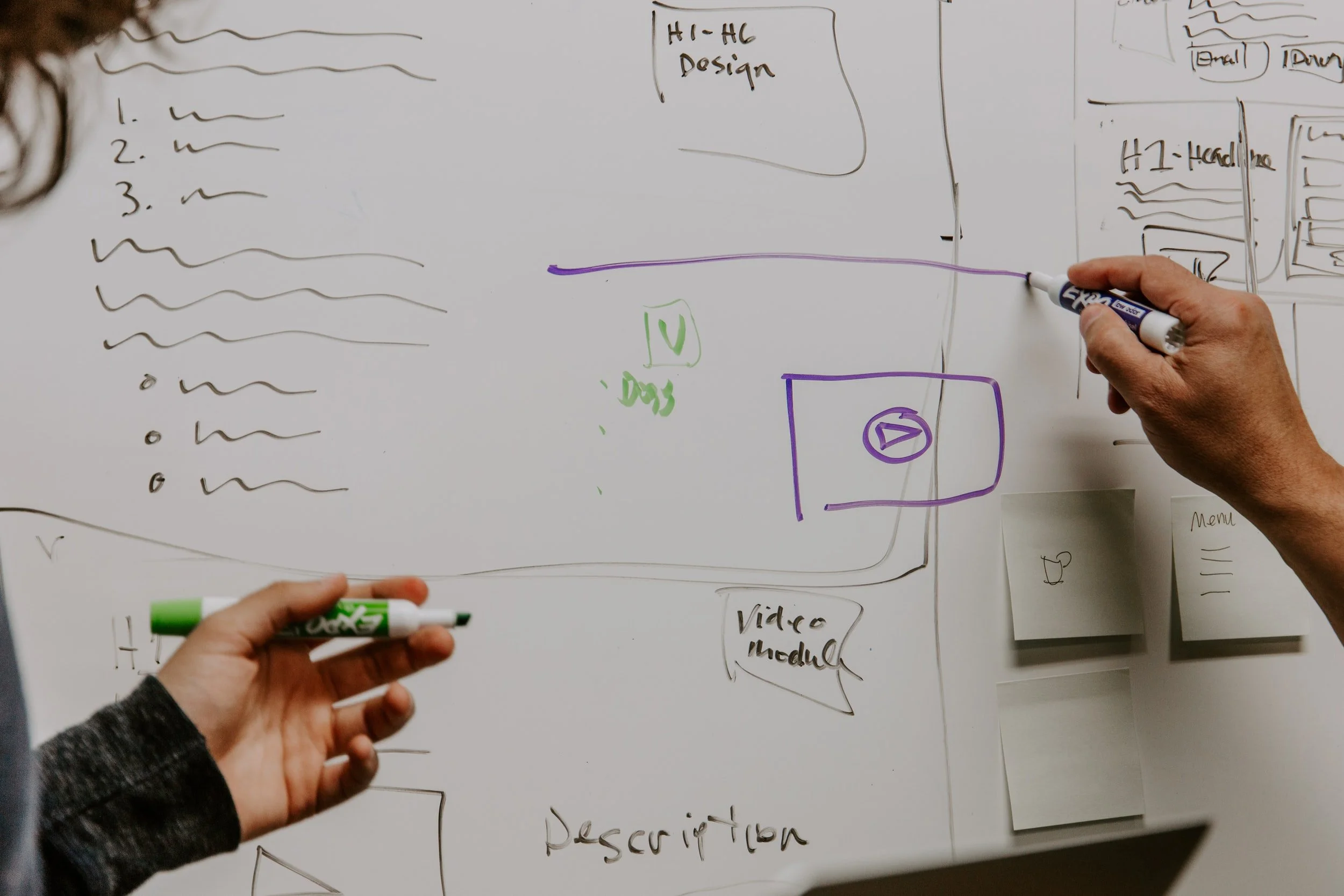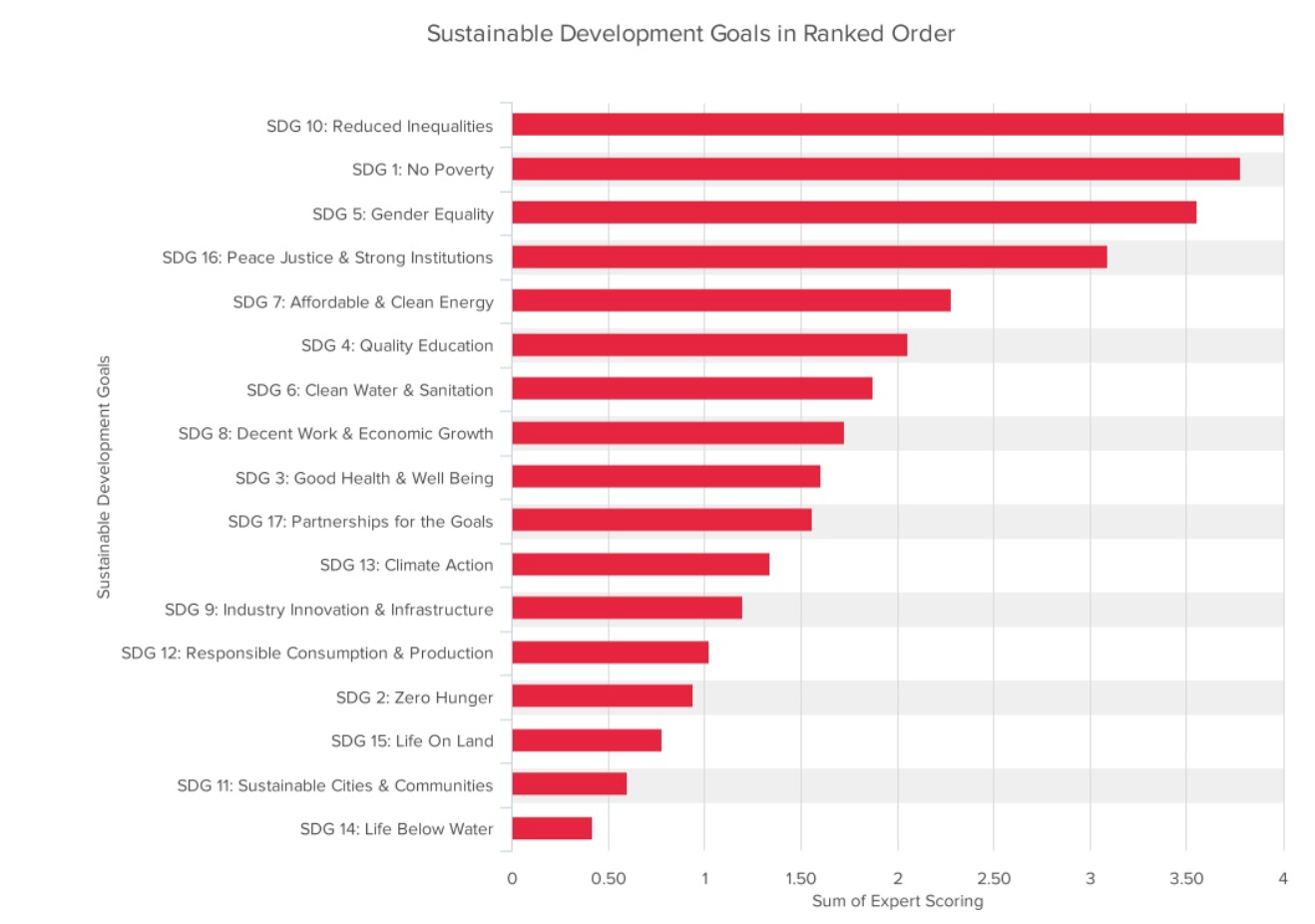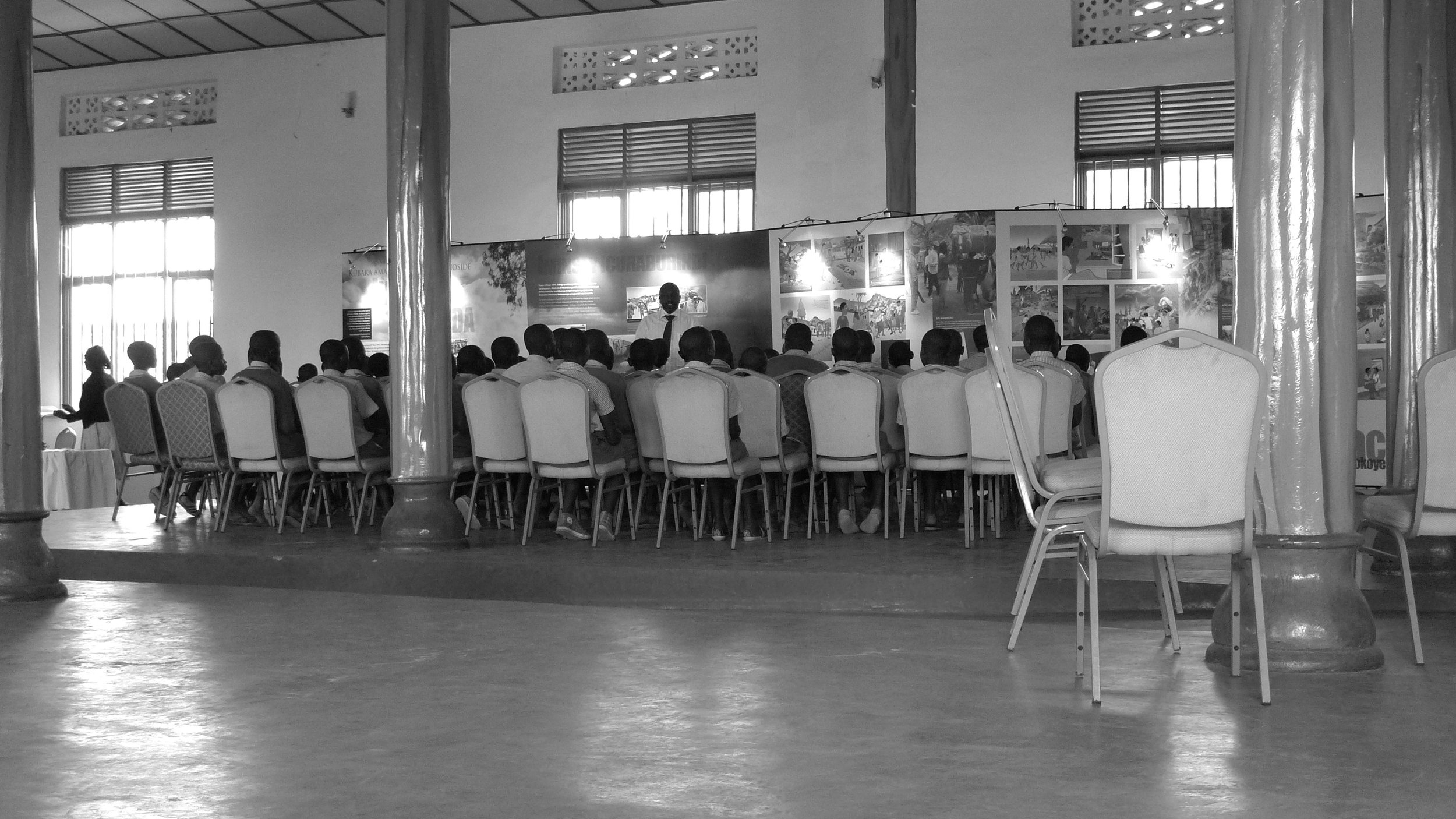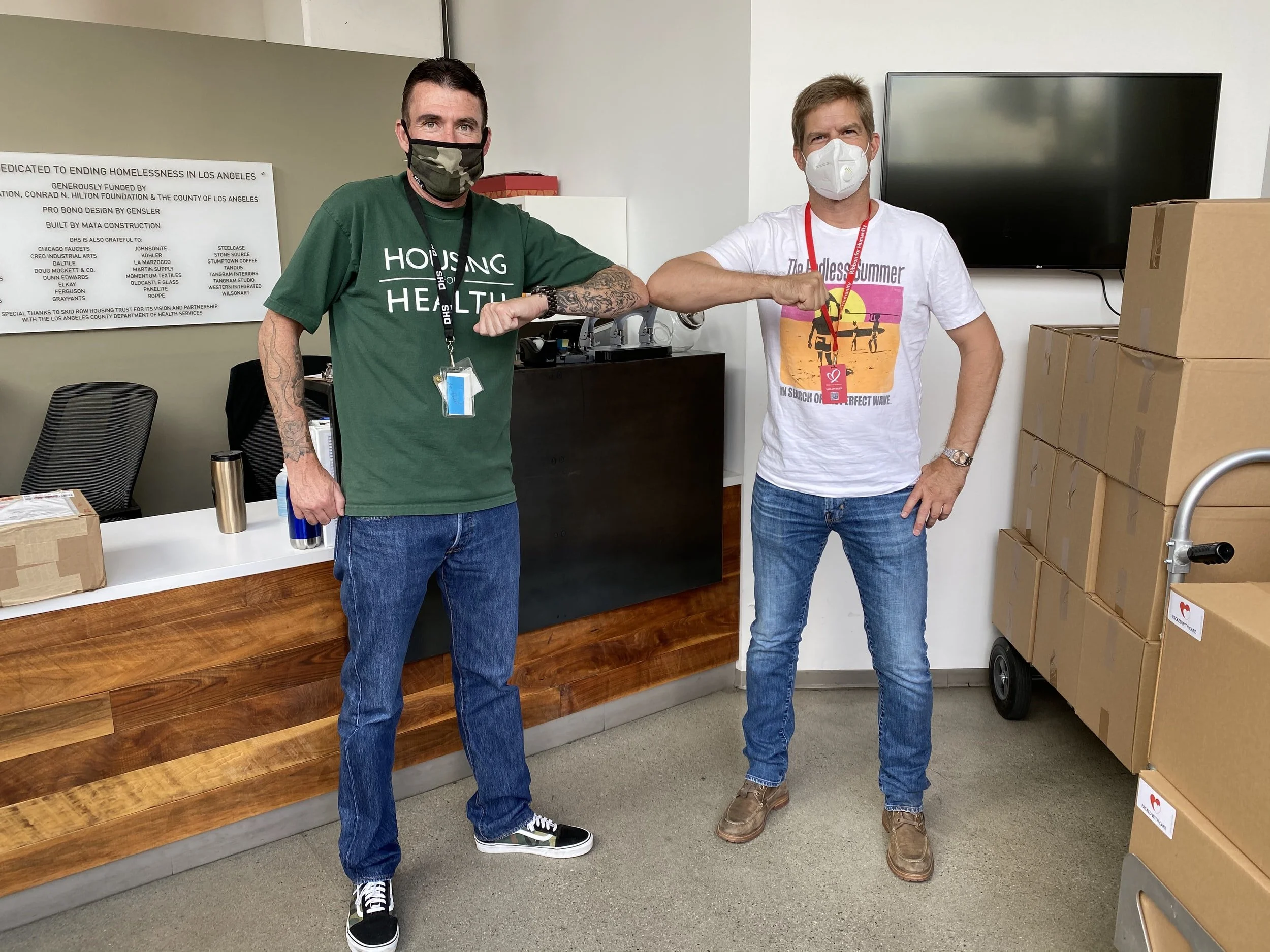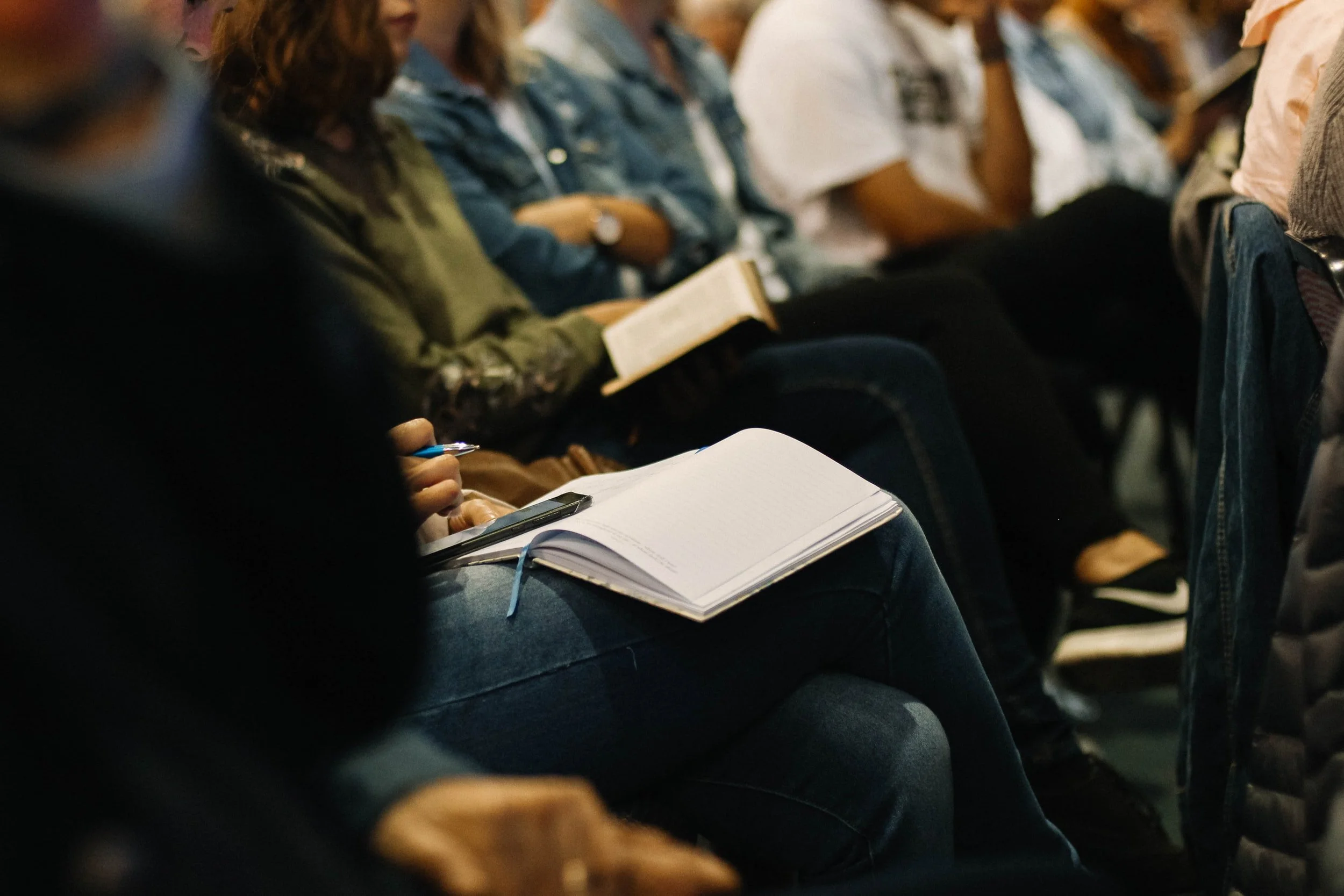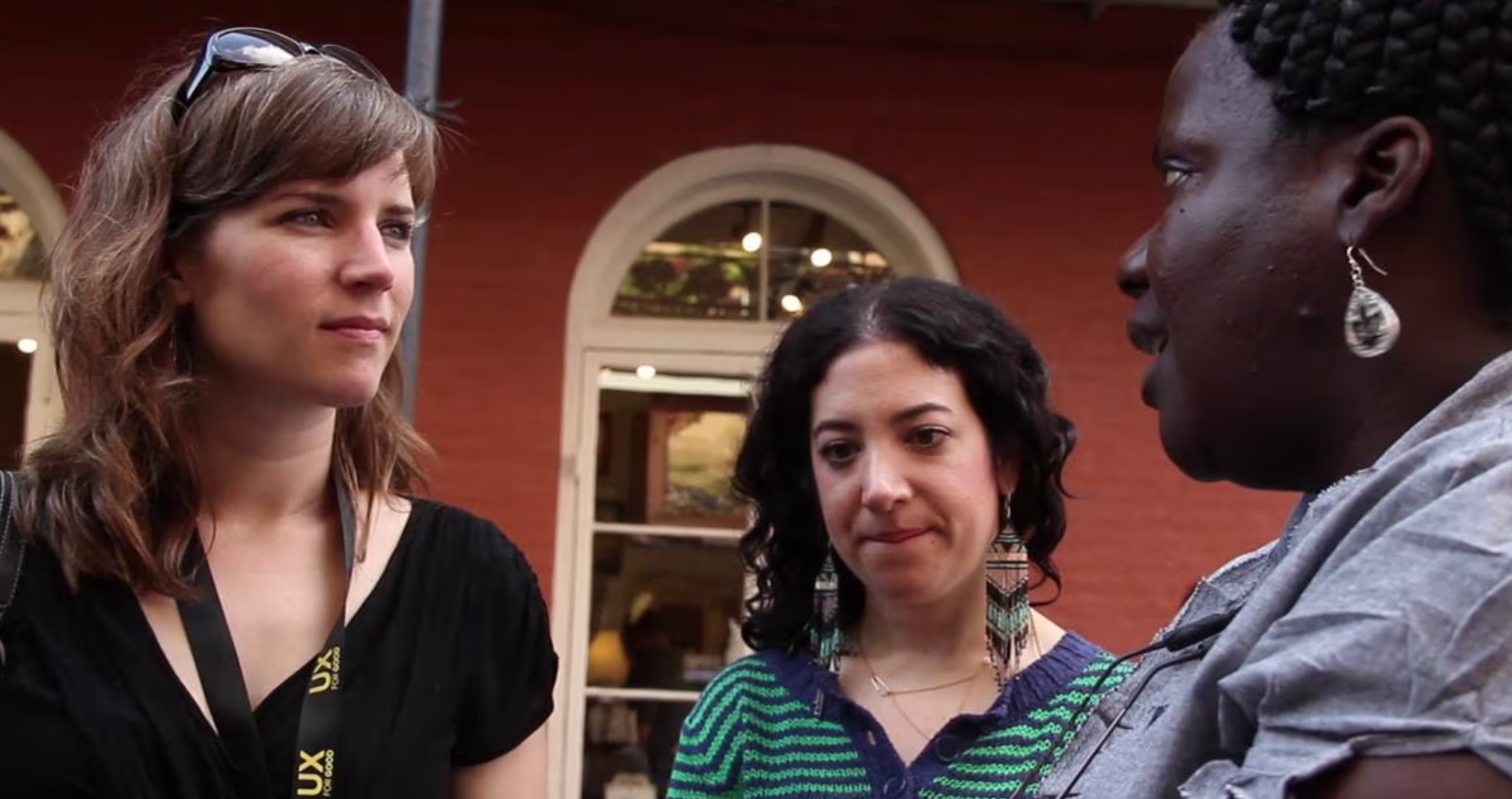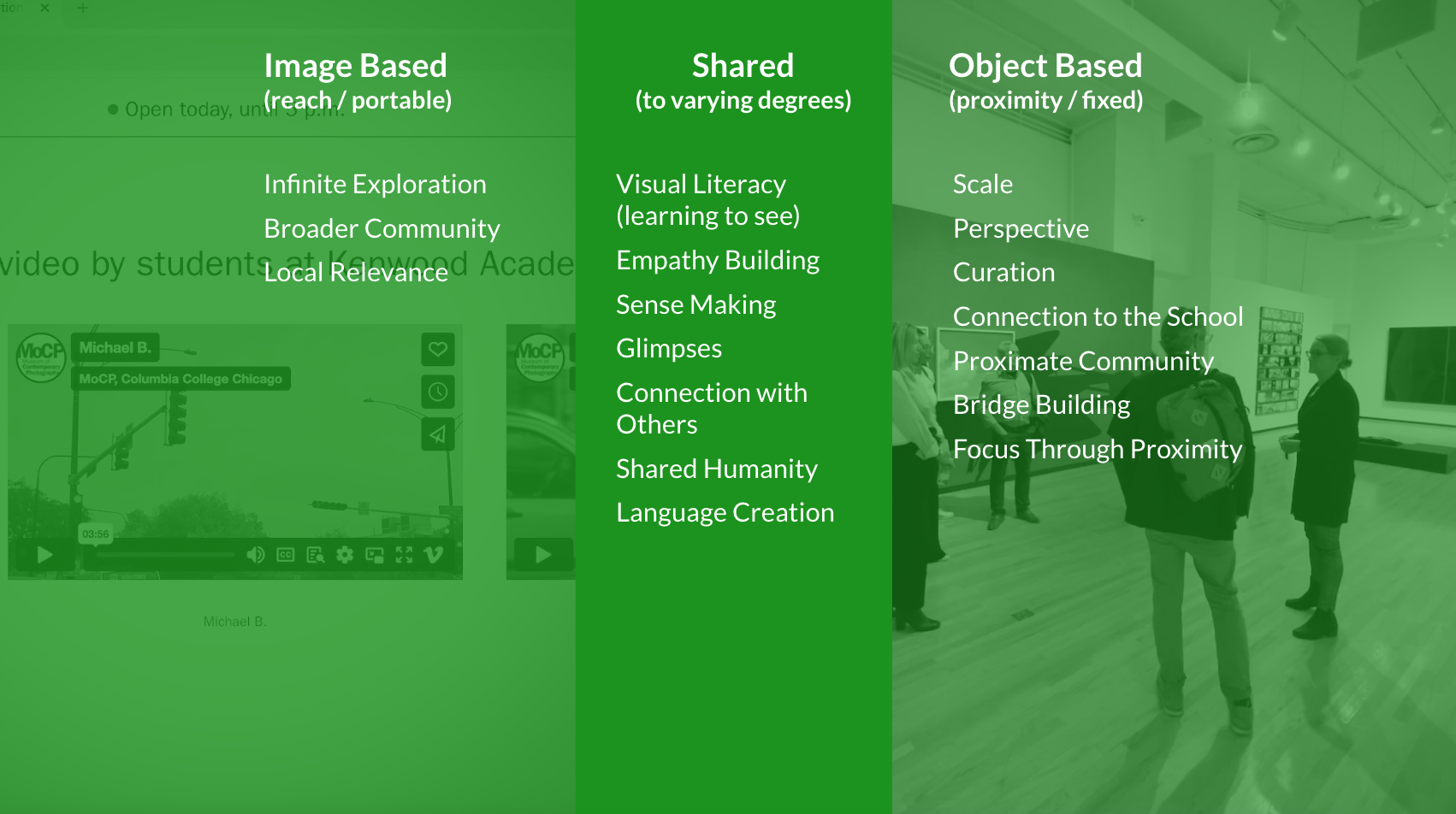Rafa Nadal Camps USA/Avanza Sports:: Sports in the Age of COVID
During COVID-19, one sport grew exponentially in popularity:: tennis.
It is an individual sport that can be played outside or in; one can play at a safe distance, even if playing doubles. And, not the least, it’s really, really fun.
According to an annual study commissioned by the Physical Activity Council (PAC), tennis boomed during the pandemic with an estimated 21.64 million Americans hitting the court in 2020, up a staggering 22.4 % after. literally, “years of stagnation.” (Source USA TODAY.)
As we continue to adjust to life in the age of the novel virus, it’s becoming increasingly clear that we must continue to find ways to connect as human beings, both socially and emotionally, and not just through mediated experiences.
Tennis is one of those ways; perhaps one of the best ways, from a fitness perspective:: Not only does it encourage us to work on our fitness—which promotes a healthy immune system—it brings us together, safely, through the magic of the sport.
Informed by our work with Greentarget and LAB/Amsterdam on Immediate Frontier:: Work, Wellness + Space, GreenHouse is developing a tennis and fitness pilot program in partnership with Delcorpo Bespoke Fitness and Avanza Sports Barcelona to make the game—and the basic tenets of fitness— more accessible than ever, while creating a natural on-ramp and off-ramp to the Rafa Nadal Camps USA.
“This is an opportunity for juniors and adults to learn how to optimize their fitness and reduce the chances of injury, whether they’re participating in the Rafa Nadal Camps USA or merely interested in more ways to maintain their fitness and good health at any age, which we know is the best defense against against COVID,” says Cheryl Delio, founder of DelCorpo Bespoke Fitness.







